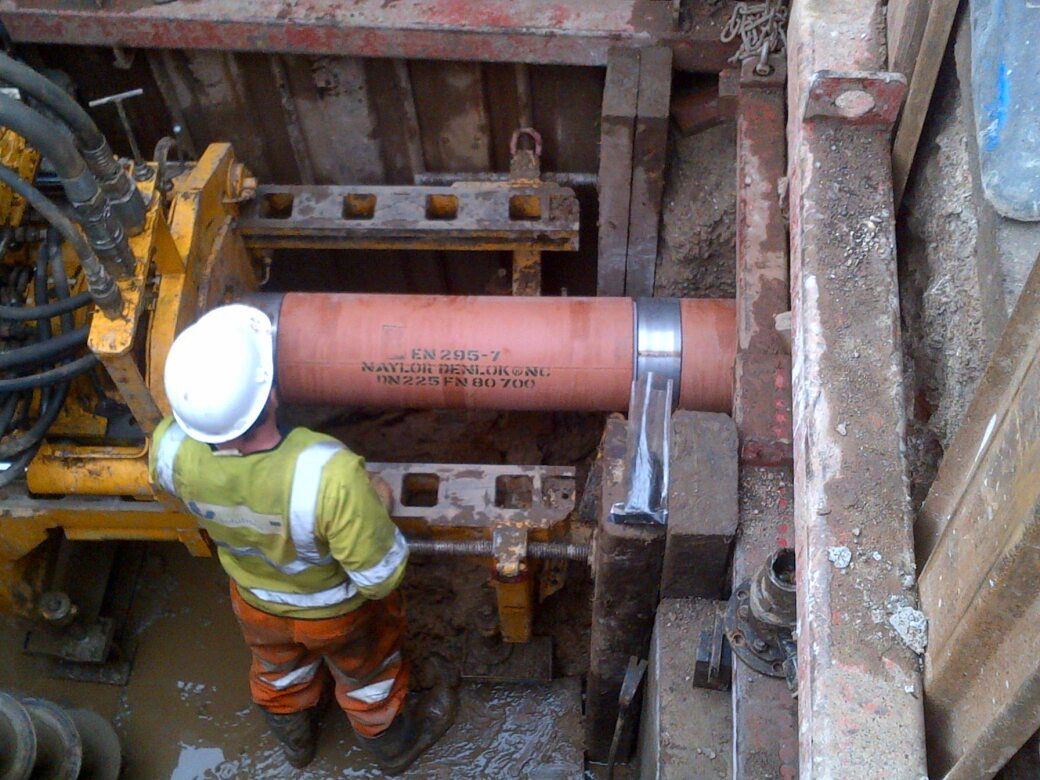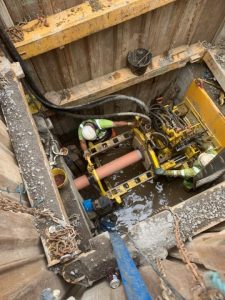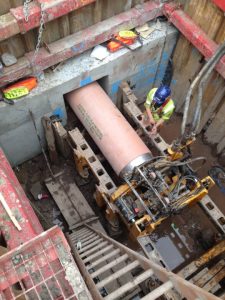WHY IS THE PRODUCT LIFETIME OF A SEWER PIPE IMPORTANT?
The durability of sewer pipelines is a topic which does not seem to get much “airtime” but it is nonetheless an important issue in material selection and it is worth dwelling on the implications for the pipe market.

There are a number of areas where pipe longevity appears to be a non-issue. The design life of an out-of-town superstore may render pipe material selection irrelevant; similarly, housebuilder focus appears to be the 10-year time frame of the NHBC warranty although specific areas such as social housing may have longer horizons. At the same time, much of what is constructed particularly in the public sector- schools, hospitals etc- has a long-term horizon, and as such, it would appear appropriate to carefully consider the longevity of the underpinning pipelines.
In these cases, there is a strong argument for specifying longer life materials, most notably rigid (clay and concrete) systems. The greater life expectancy of these is recognised by the WRC sewer rehabilitation manual, which includes assumed design lives for the appraisal of new sewers and ancillary works:
80 – 125 years – rigid materials (clay, concrete)
40 years – PVC and other raw materials


The increased longevity of clay and concrete systems is no less important in water company infrastructure work. Data produced by the water companies, shows that at current rates of investment, existing pipelines need to have a service life of centuries rather than decades. The water companies either need to dramatically speed up the rate of replacement / renewal or be more robust in their outlawing of shorter life materials.
So why do plastic pipelines have shorter life expectancies? There are two issues here, firstly clay and concrete pipelines do not lose strength over their service life; a clay or concrete pipeline has the same strength after 100 years which it does on day 1 (hence the existence of still working Roman clay pipelines). By contrast, plastic progressively weakens in service: thermoplastics such as PVCu and HDPE lose half their initial strength over the first 2 years and 80% over the first 50 years. They are also vulnerable to pipe-cleaning operations, particularly rodding and high-pressure jetting (by contrast, clay pipes have excellent abrasion and jetting resistance).
The far sightedness of Victorian sewerage engineers has left us with a legacy which we still enjoy; are we taking the decisions today which will earn the gratitude of future generations?
